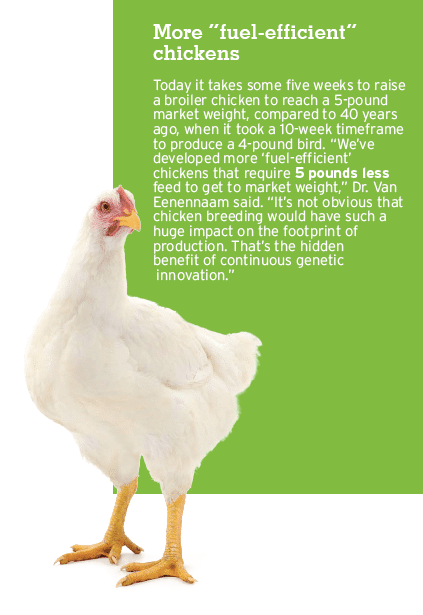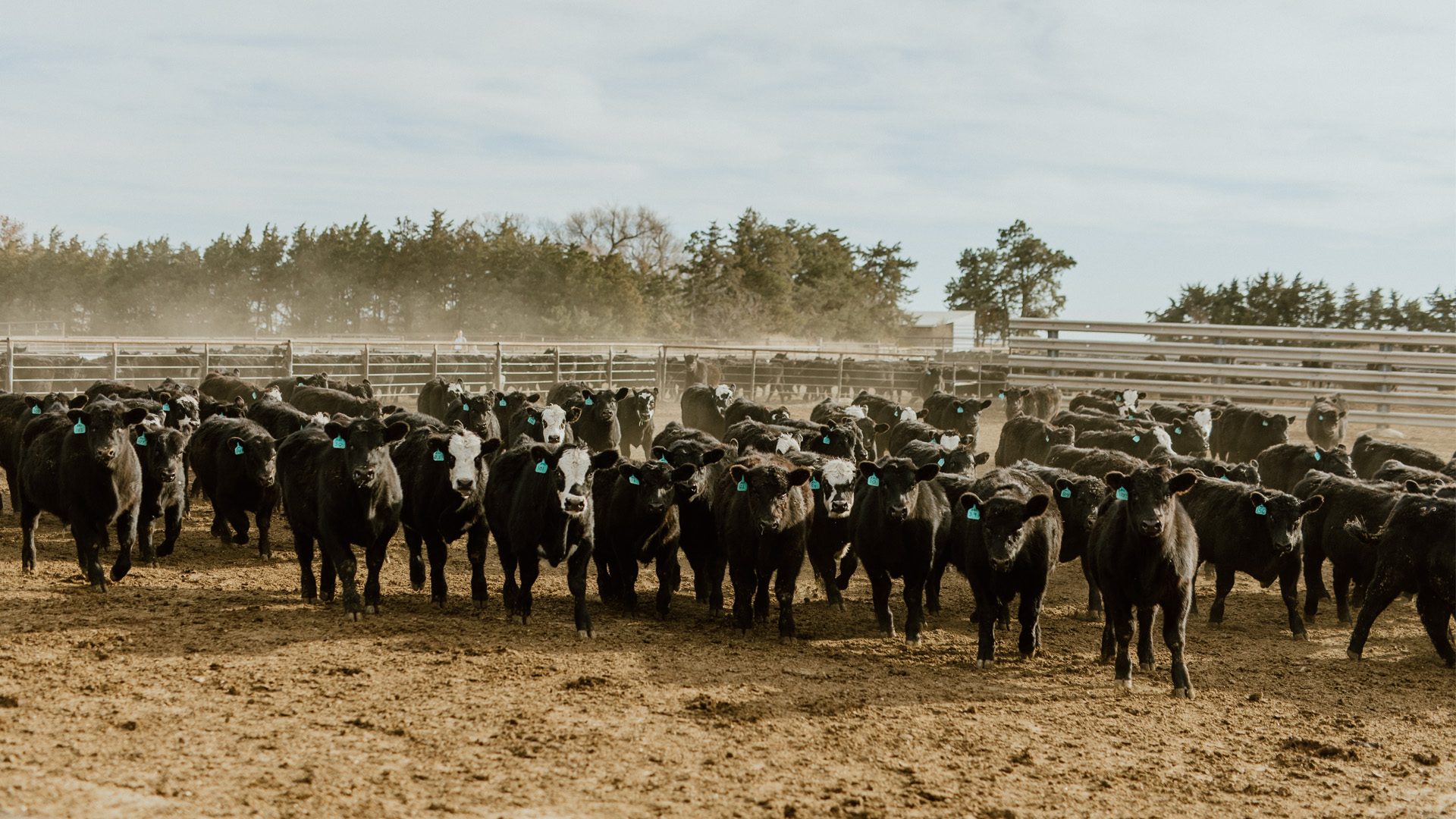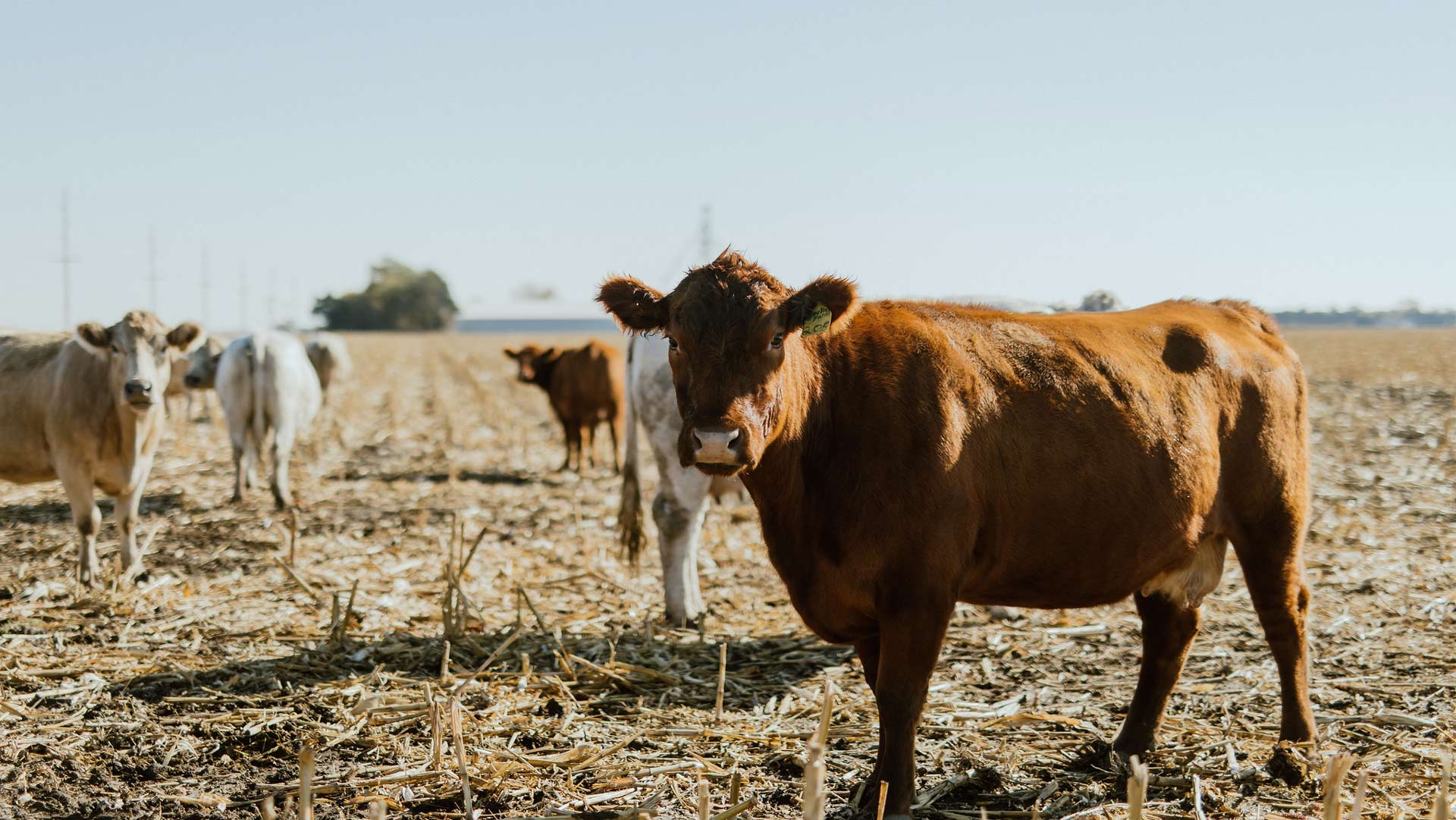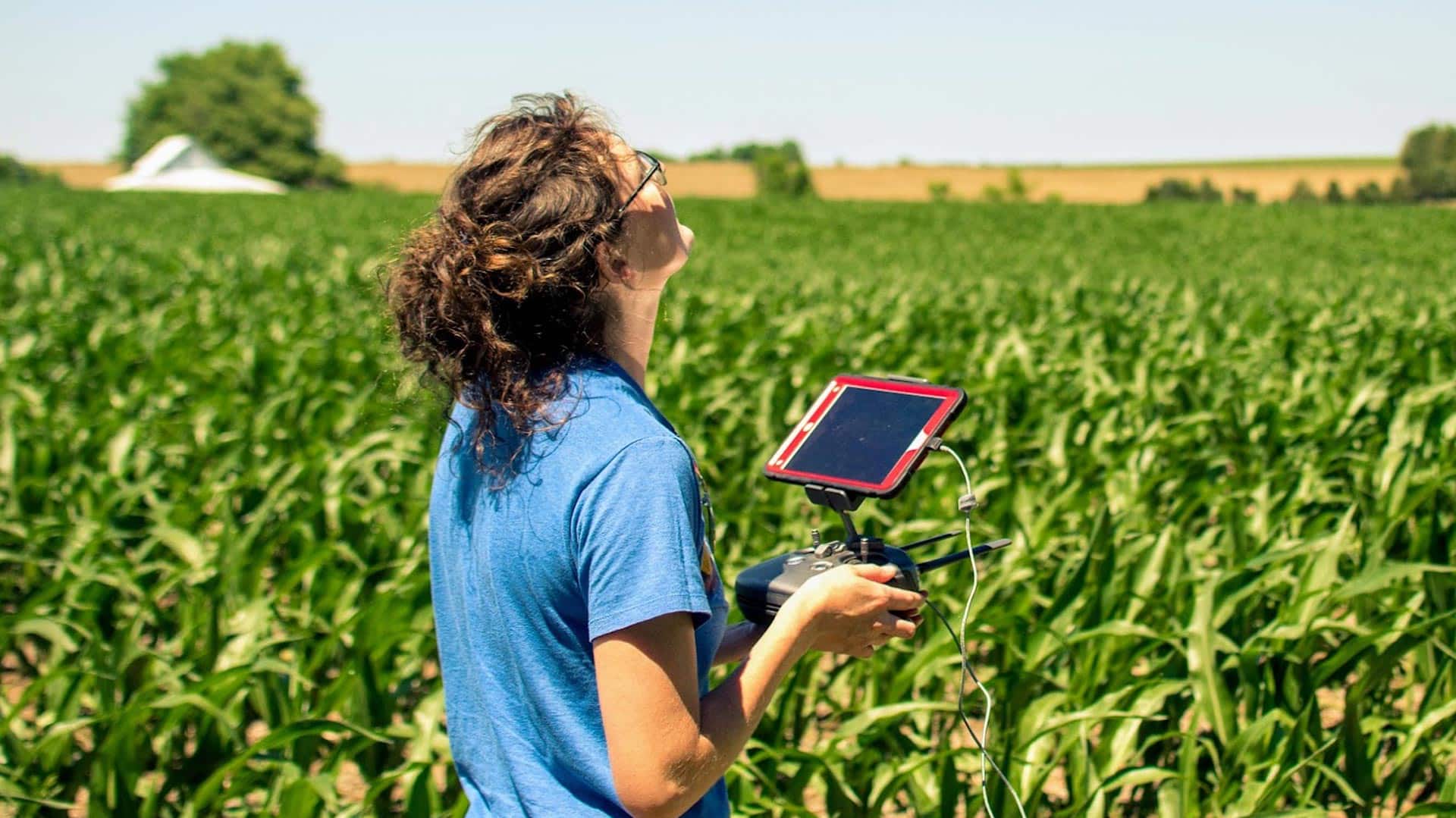Breeding practices have been used for centuries to improve the usefulness of animals to humans—as sources of food, as a means of transportation, a way to get work done, or simply for companionship. “If we hadn’t used selective breeding to modify the behavior of dogs, you wouldn’t leave your kids alone with them because the dogs might consider them a food source,” said Dr. Alison Van Eenennaam, a professor of animal biotechnology and genomics at the University of California-Davis.

Dr. Van Eenennaam uses the latest in gene editing technology in her research to improve dairy cattle. “Breeders’ objectives don’t change much. They just adopt the most efficient tools to achieve those objectives—and gene editing is one of those tools,” she said.
“Gene editing is a much more precise approach than conventional breeding,” said Dr. Van Eenennaam. “With conventional breeding, we pretty much hope for the best in terms that the bull is going to bring genetic superiority in his offspring. Gene editing allows us to be much more precise—turning off a specific gene that makes an animal susceptible to disease, for example.”
It’s all about improving the health, performance and productivity of the animal. “Whether we do it by mating a good bull with a cow, using genomic selection or using genome editors, all we’re trying to do is introduce useful genetic variations that give us the characteristics we want in our production animals,” she added.
Dr. Van Eenennaam notes that genetic improvement is a key driver in the sustainability of animal agriculture. “The environmental impact of producing a glass of milk today is about one-third of what it was in the 1940s. That is because, although the number of U.S. dairy cows has decreased from 26 million to 9 million, the yield per cow has increased and hence milk production has almost doubled. That’s why genetics is a critically important component of sustainability.”
Many genetic engineering initiatives are focused on animal wellbeing including:
- Creating dairy cows born without horns. This will prevent young cows from enduring a process to remove their horn buds in order to protect other animals and human workers in the dairies.
- Producing male pigs that don’t achieve sexual maturity. This will eliminate the need for castration as well as eliminating “boar taint”—the offensive odor or taste that can be evident in pork products derived from post-pubescent male pigs.
- Developing a heat-resistant “cow of the future.” By introducing the “slick” allele commonly found in Senepol cattle into dairy cattle via genome editing, it may be possible to adapt these animals to thrive in warmer conditions without affecting milk yield.





